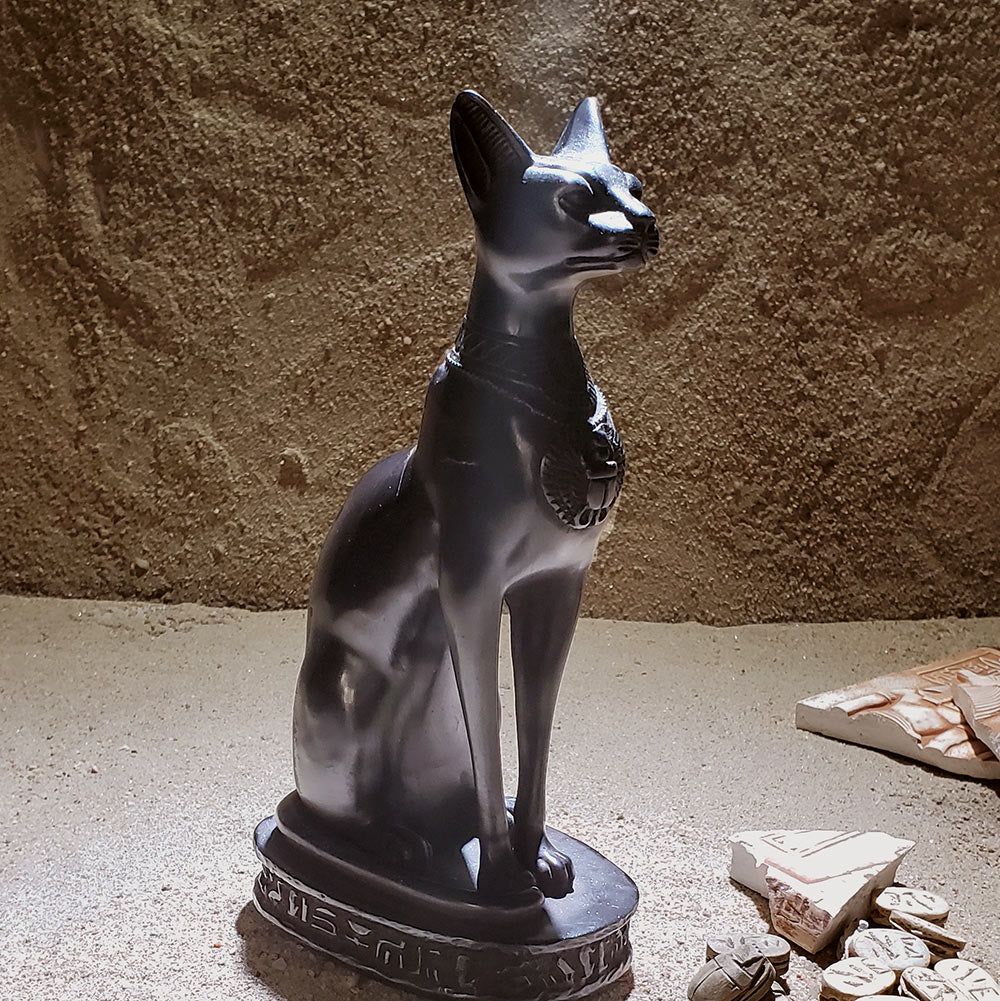Egyptian Artifact: The Significance of the Rosetta Stone
The Rosetta Stone is one of the most famous and important archaeological artifacts in history. It was discovered in 1799 by French soldiers during Napoleon Bonaparte's campaign in Egypt.

The Rosetta Stone is a dark grey-pinkish granite stone slab that measures about 3.6 feet by 2.4 feet and 11 inches thick. The Rosetta Stone is currently housed in the British Museum in London, where it has been on display since 1802. It remains one of the museum's most iconic and visited artifacts.
- Ancient Greek: The top section of the stone is inscribed with Ancient Greek text, which was the language of administration in Egypt during the time of the Ptolemaic dynasty.
- Demotic: The middle section contains Demotic script, a cursive script used for everyday writing in ancient Egypt.
- Hieroglyphics: The bottom section features hieroglyphic script, which was the formal script used in religious and monumental inscriptions in ancient Egypt.
When it was discovered, scholars recognized the potential for using the known Ancient Greek text as a key to unlock the meanings of the hieroglyphic and Demotic scripts. The French scholar Jean-François Champollion, in particular, made significant progress in deciphering hieroglyphics based on his study of the Rosetta Stone and other texts. His work eventually led to the decipherment of ancient Egyptian hieroglyphs, which had been a mystery for centuries.
The Rosetta Stone is not only a symbol of the decipherment of hieroglyphs but also a key piece of evidence for understanding ancient Egyptian history and culture. It has had a profound impact on the field of Egyptology and the study of ancient civilizations.

Deciphering notes by Jean-François Champollion, 1822







1 comment
Great